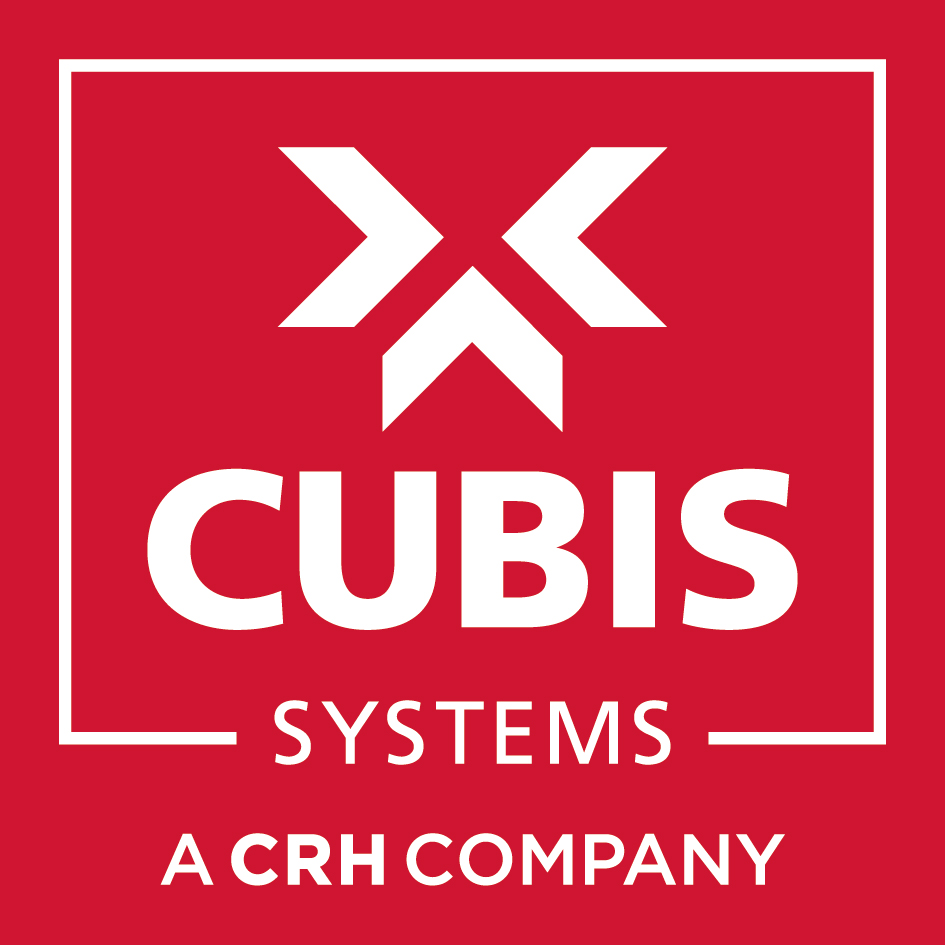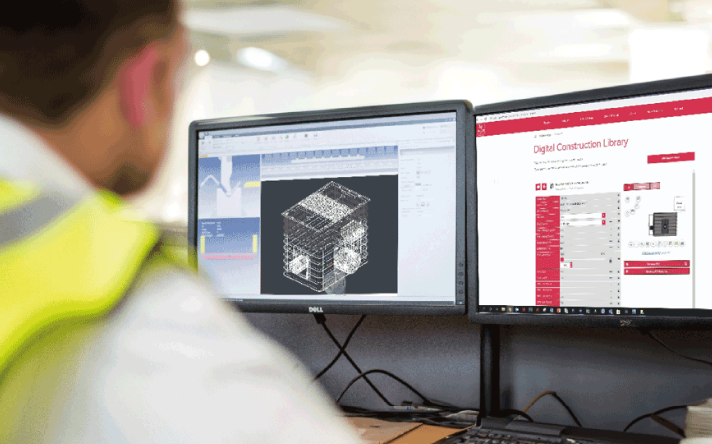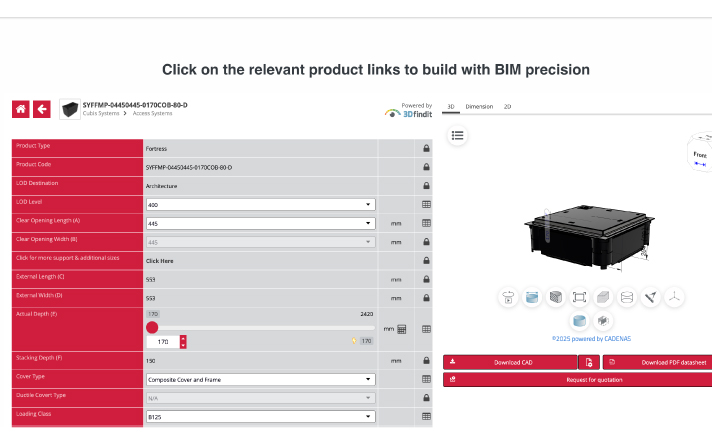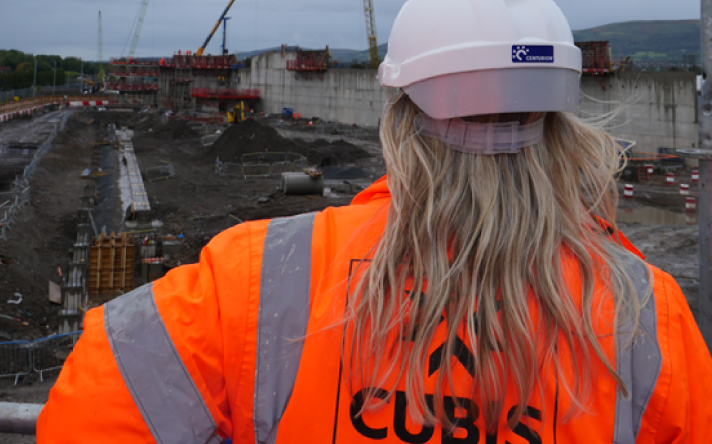Sealed chambers:
An overlooked infrastructure hazard
When it comes to underground access chambers, the misconception prevails that complete sealing offers the best protection against water ingress. In reality, sealing a chamber — especially those constructed of concrete — can lead to more problems than it solves.
Allowing water to dissipate naturally is essential for both safety and longevity. So, though many assume otherwise, managing water ingress is better achieved with drainable chambers than sealed chambers.
Here’s a closer look at why drainable designs, such as the Cubis STAKKAbox™ and its GRP composition, provide significant advantages over traditional sealed concrete chambers.
The pitfalls of concrete sealed chambers
No chamber cover is entirely waterproof. In sealed concrete chambers, even minor rainwater ingress is problematic because the water has nowhere to go. Over time, the accumulation of stagnant water can develop into a serious health hazard.
Challenges during water table fluctuations include:
As the water table rises, sealed chambers can fill with water through ducting access points. Often, these entry points are either not sealed or improperly sealed, allowing water to seep in. The trapped water eventually stagnates, leading to potential health issues.
When the water table continues to rise, the pressure against the sealed chamber can create buoyancy forces. This can cause the chamber to lift and, in extreme cases, breach the surface — posing both safety risks and operational challenges.
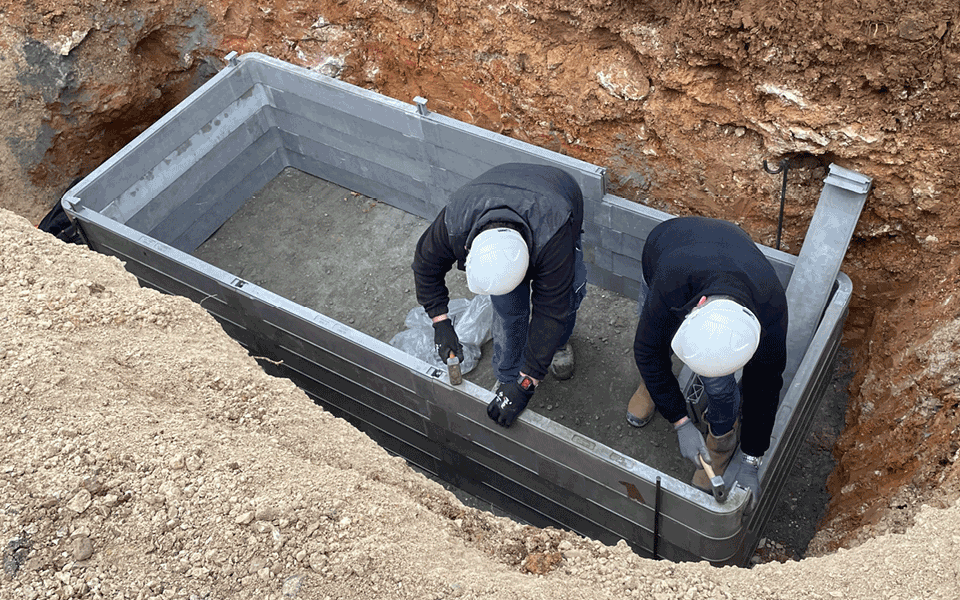
The advantages of drainable, water-dissipative chambers
The Cubis STAKKAbox™ is designed for natural water management. A drainable chamber made from Glass Reinforced Plastic (GRP), STAKKAbox™ is engineered to work with nature rather than against it.
So, the product doesn’t trap water. Instead, it features a soakaway and a layer of pea shingle – allowing for efficient water dissipation.
Let's compare some standard scenarios for sealed vs drainable chambers.
1. Rainwater ingress
Rainwater enters but has no outlet, eventually leading to stagnant water and potential health hazards
Water is directed away quickly through the chamber’s drainage system, reducing the risk of stagnation and associated health concerns
2. Rising water table
Water infiltrates through duct access points and remains trapped, creating an environment conducive to health risks
As water enters, it is allowed to dissipate freely. When the water table falls, any water that entered is quickly drained, keeping the chamber safe and functional
3. Water table-induced buoyancy
The trapped water, combined with rising water tables, may exert buoyant forces on the chamber, potentially causing it to break through the surface
Its unsealed design means that water can exit just as easily as it enters, preventing any buildup that might lead to buoyancy-related displacement
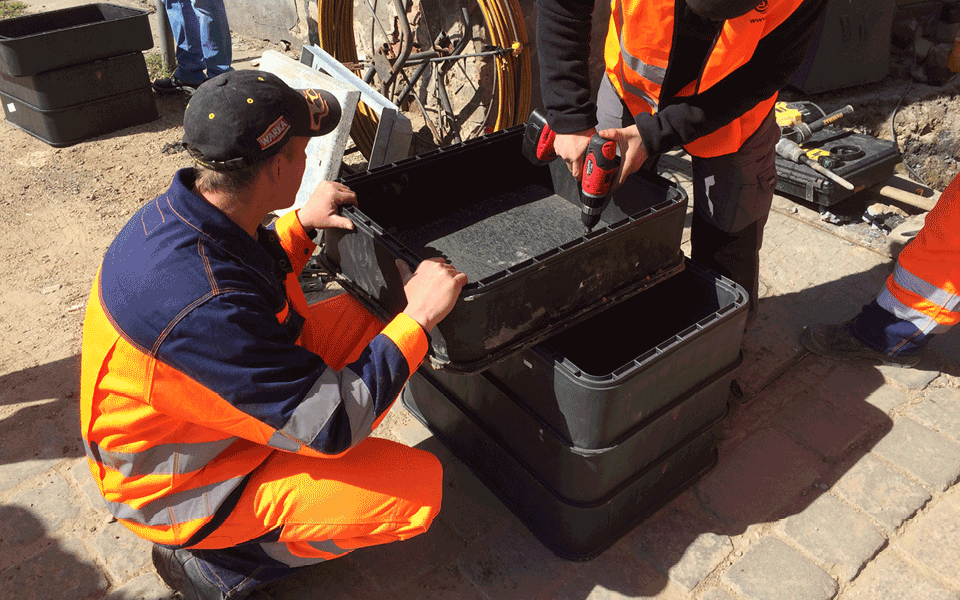
Moving to modern engineering insights
The traditional approach of sealing underground access chambers, particularly those made from concrete, is increasingly being challenged by modern engineering insights.
The Cubis STAKKAbox™ exemplifies the benefits of a drainable design by allowing water to dissipate naturally. In turn, it avoids the pitfalls of stagnant water, health hazards, and structural displacement.
By embracing designs that work with natural water dynamics, infrastructure can be maintained more safely and effectively over time.
Contact the Cubis team today to learn how STAKKAbox™ can improve your next project
